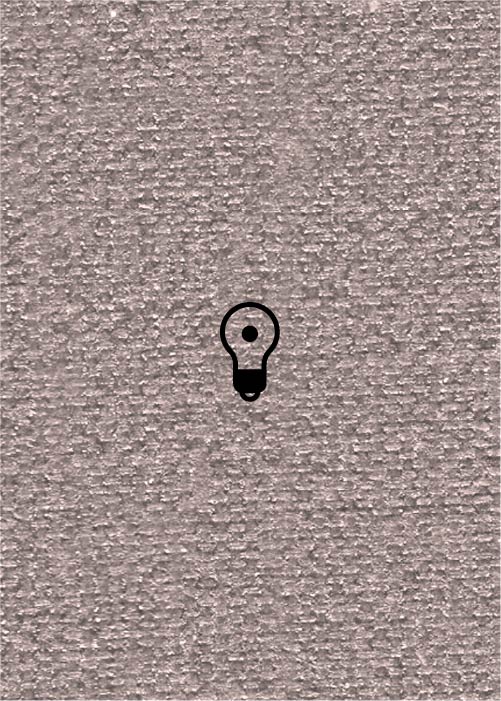(92 results found)

Mazurka (LKT)
… you get the full reference. “You had Polish dance tunes like krakowiak , oberek , na wesolo , mazur and … that among our large masses, for a long time now the folkdance has been accompanied by singing and song; and not … notation included). “The dance-song is a collective folk-expression which derived from the need to sing for the …

Quadrille (LKT)
… that among our large masses, for a long time now the folkdance has had been accompanied by singing and song; and … the klezmers thunder through the ‘sherele’ and ‘kadril’ tunes,’”[Gedara, Palestine, c. 1910s]. Fridhaber 1992, p. … [New York, c. World War I].] Raboy 1920, p. 25 . “Jewish folk dance melody ‘ sher kadril ’. This melody was recorded …

Krakoviak (LKT)
… you get the full reference. “You had Polish dance tunes like krakowiak , oberek , na wesolo , mazur and … p. 490 (#229) . “A ‘kozak’ [and a freylekhs ]... were folk-dances for adults and in-laws. The youth strutted its … c. 1909].” Tshernovetski 1946, pp. 97-114 . “The Jewish folkmusic, as well as the Synagogical music, shows that …

Kozak (LKT)
… and festivities where they undoubtedly played Jewish tunes in addition to the Ukrainian dance-repertoire. In the … music... It is noteworthy that in both belles lettres and folklore the kozačok is mentioned much more frequently … 245-46 (#263) . “Also a ‘kozak’ [and a freylekhs ]... were folk-dances for adults and in-laws. The youth strutted its …

Kozatshok (LKT)
… melodies are deliberately adopted as extraethnic. In Jewish folk music we have a certain number of melodies adopted from … very widespread dance tune kozačok ) and a great number of folk songs sung to the melodies of popular Ukrainian … and festivities where they undoubtedly played Jewish tunes in addition to the Ukrainian dance-repertoire. In the …

Volekh (LKT)
… expressing an elegiac mood, in the manner of Wallachian folk music. The hazanim used to sing a Wulach , for example, … does not prove that the music was borrowed [from Moldavian folk music]. In fact just the name was borrowed, perhaps … fashion. Numerous Hassidic dance melodies and weddings tunes are in Walachish style: the melody is left to the …

Doyne (LKT)
… doina (Yiddish: doyne or doyna ), a free-meter Romanian folk instrumental genre often associated with sheperds and … The klezmers borrowed the doina music itself. In the Jewish folk song only the plot of the doina was borrowed and … a dobranoch were also borrowed in toto. Twenty-five dance tunes in the volume are built on the rhythms and intonations …

Mitsve-tants (LKT)
… reference. “These two khusidlekh [Hasidic-style dance tunes, singular khusid ] were cornerstones of Leon’s … . And this was among a series of dances -- Hassidic, folk-like, led by experts, among them Reb Baruch-Moshe … repertoires; e) are there stylistic differences between the tunes used in various communities; f) do differences in …

Hopak (LKT)
… get the full reference. “The principal forms [of Russian folk dance] are the korovod and the trepak, the former … the klezmers aso played the hopak . (The name hopak was folklorized into hopke .) Jewish kozachok melodies were … Moreover they became multipart works. The borrowed hopak tunes did not keep their name. Alongside of literal …

Hopke (LKT)
… the klezmers aso played the hopak . (The name hopak was folklorized into hopke .) Jewish kozachok melodies were … Moreover they became multipart works. The borrowed hopak tunes did not keep their name. Alongside of literal … been derived from the Polish dance Hopka or the Ukrainian folk dance Hopak . According to the Modzhitz menaggen …


